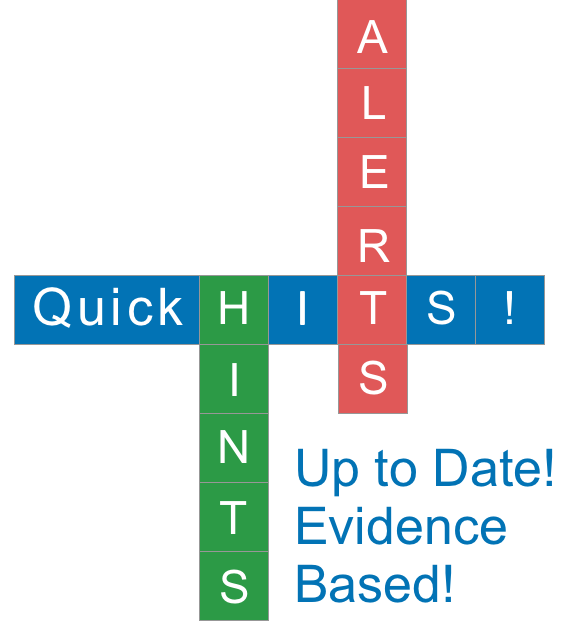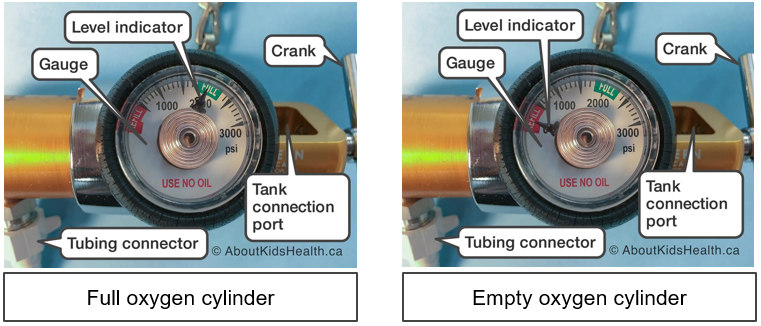ALERT: How to check and confirm the oxygen level in a cylinder at home?
Connected Care Quick Hits are up to date and evidence based recommendations for the care of children with medical complexity & technology dependence, from hospital to home.
ALERT: How to check and confirm the oxygen level in a cylinder at home?
SITUATION:
This Quick Hit was informed by Connected Care Live consults from home and community care providers that are caring for children with medical complexity receiving oxygen therapy in home and community settings.
BACKGROUND:
Children with medical complexity may require oxygen therapy at home for various indications such as cardiac and respiratory conditions. Some children need oxygen therapy for the rest of their lives, but others may need it only temporarily. Some children need oxygen throughout the day, but others may need it only when they sleep.
Oxygen is a medication when it is delivered as a therapy, so orders are required from the child’s health care team. There are many safety checks to be completed at the beginning of each shift and on an ongoing basis when caring for a child receiving oxygen therapy including confirming the oxygen level in cylinders.
ASSESSMENT:
Oxygen cylinders are a common type of oxygen therapy system in home and community settings. Oxygen cylinders are aluminum or steel tanks that contain compressed oxygen. There are different cylinder sizes. Larger cylinders are used in hospitals or as a back-up to a concentrator in the home. Smaller cylinders can be used in the home, for short outings or when travelling.
Regardless of the size of the cylinders, each comes with a regulator. The pressure gauge tells you how much oxygen is left in the tank, using the measurement of pounds per square inch (psi). When the cylinder is full, the gauge will read 2200 psi. When empty, it will read 0 psi. The images below demonstrate the oxygen level when a cylinder is full and empty.
RECOMMENDATION:
Connected Care recommends the following safety considerations when checking and confirming the oxygen level in a cylinder:
Confirm that you have the child's most up-to-date orders for oxygen therapy, including the flow rate and familiarize yourself with the sources of oxygen in the home. Partner with family caregivers to discuss any changes to the plan of care.
Check the oxygen level in the cylinder at the beginning of each shift, before leaving the home with the child, and as needed.
Ensure the oxygen cylinders are full (>500 psi). If the oxygen level is running low, locate the back-up cylinder and/or call the medical vendor for replacement as soon as possible.
When switching to a new cylinder, remove the regulator from the empty cylinder and attach it to the full cylinder. The steps for this procedure are demonstrated in the images below.
When the oxygen cylinder is not in use, ensure that it is turned off and stored appropriately (e.g., well-ventilated area, away from sources of heat or fire).
Review the following AboutKidsHealth articles on oxygen therapy, types of oxygen therapy systems and travelling with oxygen therapy.








